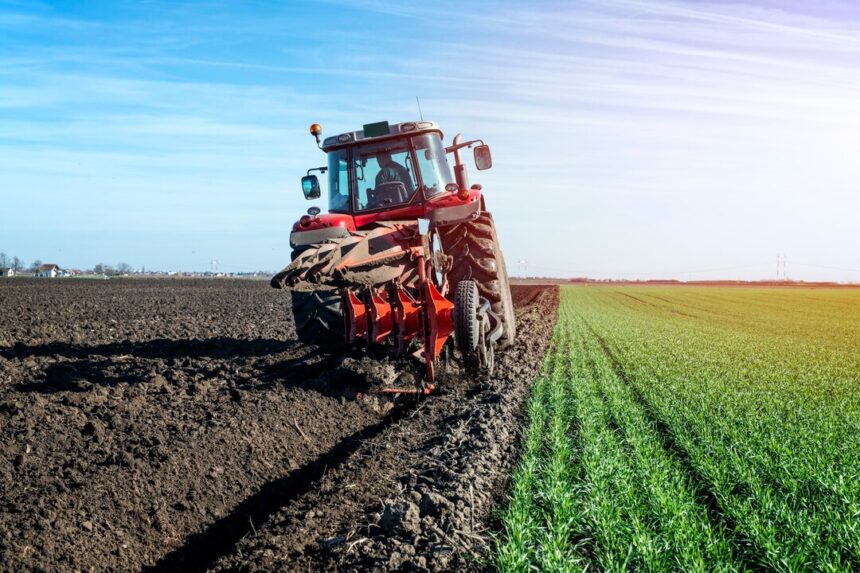Tractors are essential tools for modern farming, offering the power and versatility needed to manage fields efficiently. Understanding the basics of tractor usage is crucial for maximizing productivity while ensuring safety and proper maintenance. Here’s a guide to help you get started.
Choosing the Right Tractor
Selecting the right tractor depends on your field size, crop type, and tasks. For smaller farms, compact tractors with lower horsepower are suitable for tasks like mowing and light plowing. Larger farms may require heavy-duty tractors with higher horsepower to handle extensive plowing, harvesting, and towing equipment.
Essential Attachments and Implements
Tractors are versatile because of their ability to work with various attachments. Some common implements include:
- Plows: For turning and preparing soil.
- Harrows: To break up soil clumps and level the ground.
- Seeders: For planting crops efficiently.
- Sprayers: For applying fertilizers and pesticides.
- Balers: To compress hay or straw into bales for easier handling.
Understanding which implement is best for a specific task can significantly improve field management.
Safe Operation Practices
Operating a tractor requires attention to safety. Key practices include:
- Always reading the operator’s manual to understand the specific controls and functions of your tractor.
- Ensuring proper training for anyone who operates the tractor.
- Conducting a pre-operation inspection to check for tire pressure, oil levels, and any visible damage.
- Wearing appropriate protective gear, such as sturdy footwear and gloves.
- Avoiding sharp turns or operating the tractor on steep slopes to prevent rollovers.
Field Management Tips
- Plan Your Work: Create a schedule to allocate tasks effectively, whether plowing, planting, or harvesting.
- Maintain Soil Health: Use the right implements to avoid over-tilling, which can degrade soil quality.
- Adapt to Weather: Be mindful of weather conditions when working in fields. Wet or overly dry soil can affect traction and efficiency.
- Optimize Fuel Usage: Operate the tractor at the recommended speed and gear to save fuel and reduce wear.
Routine Maintenance
Regular maintenance is key to keeping your tractor in good condition. Essential steps include:
- Changing the engine oil and filters as per the manufacturer’s schedule.
- Inspecting hydraulic systems for leaks.
- Greasing moving parts to prevent wear and tear.
- Storing the tractor in a dry and secure area to protect it from the elements.
Benefits of Tractor Use in Field Management
Using tractors effectively can lead to increased productivity, better soil preparation, and reduced labor costs. By investing in the right equipment and following best practices, farmers can maximize their yields and streamline operations.
In conclusion, tractors are indispensable for efficient field management. With the right knowledge and approach, they can transform the way you manage your farm, ensuring sustainable and productive agricultural practices.
Join 'Farmers Mag' WhatsApp Channel
Get the latest Farming news and tips delivered straight to your WhatsApp
CLICK HERE TO JOIN






